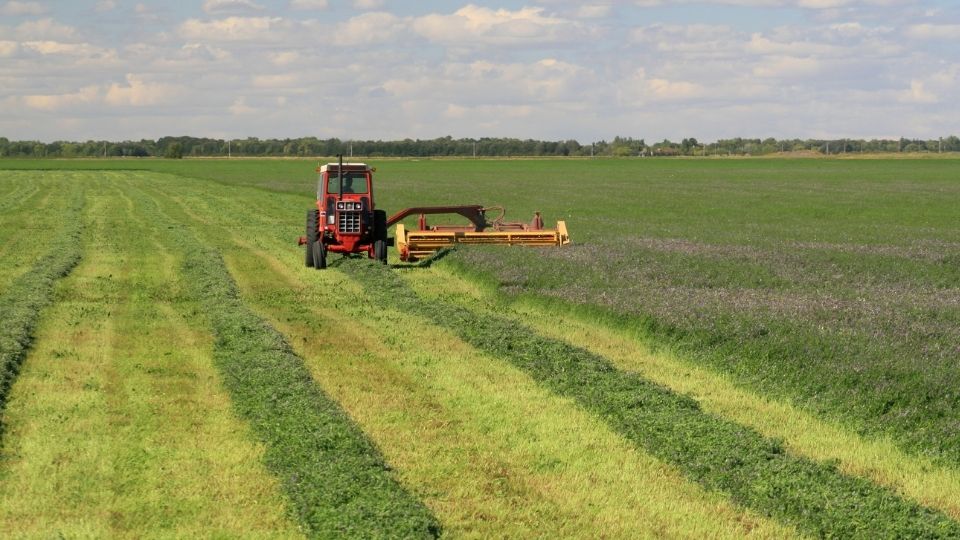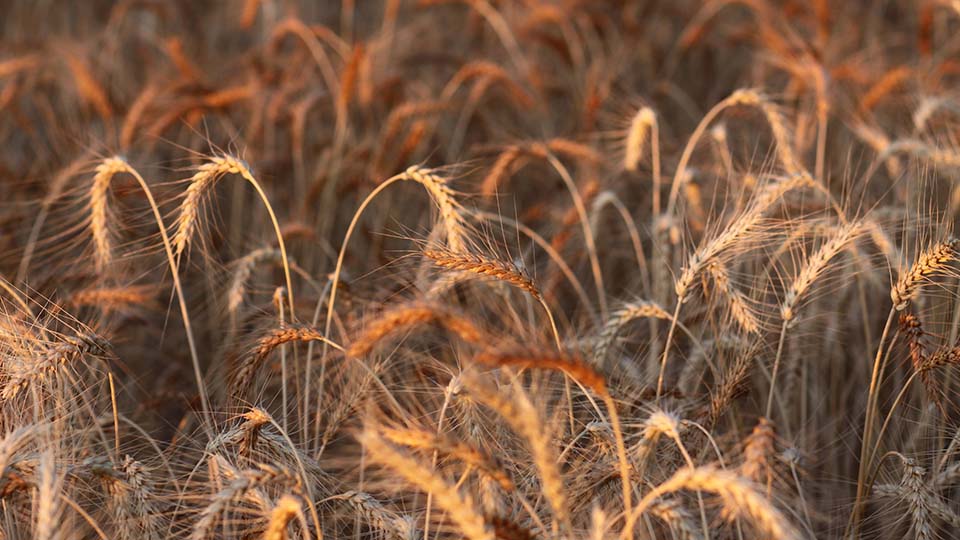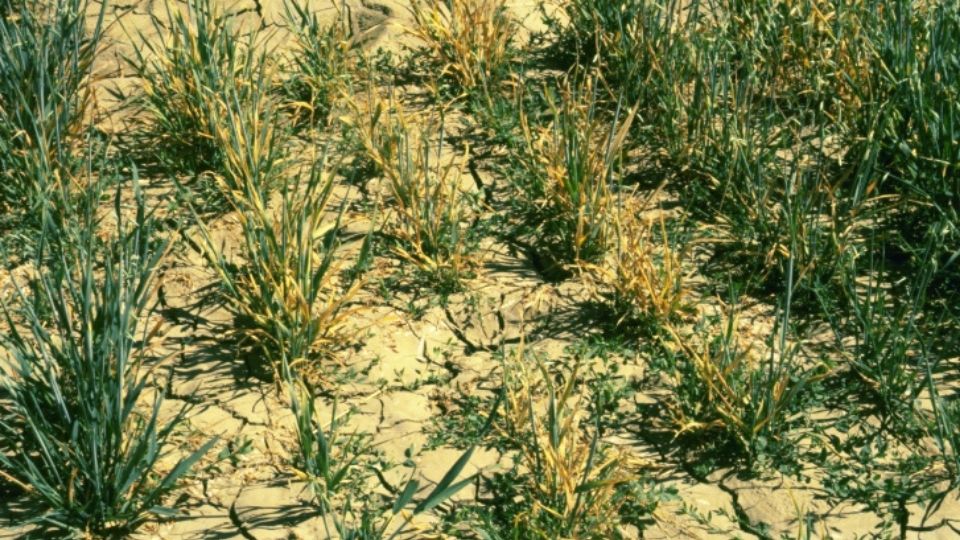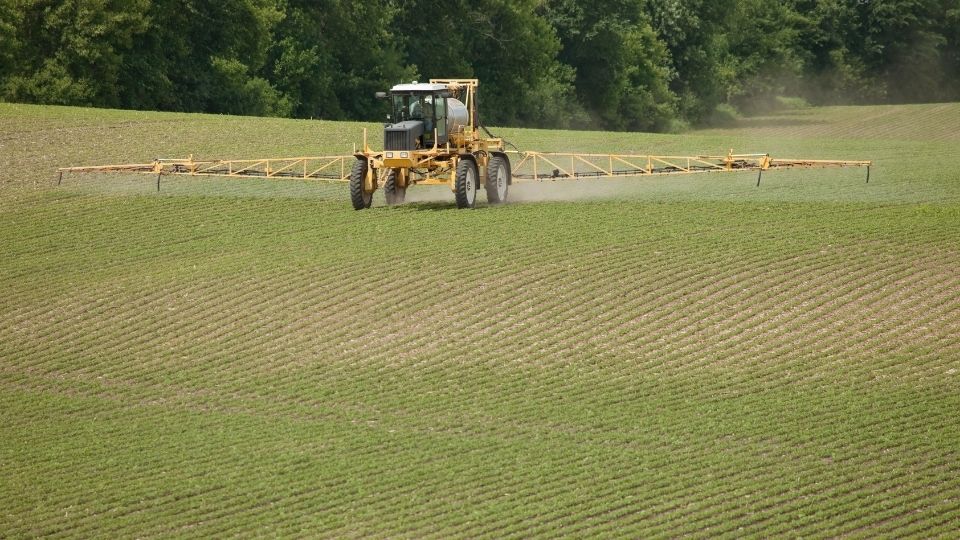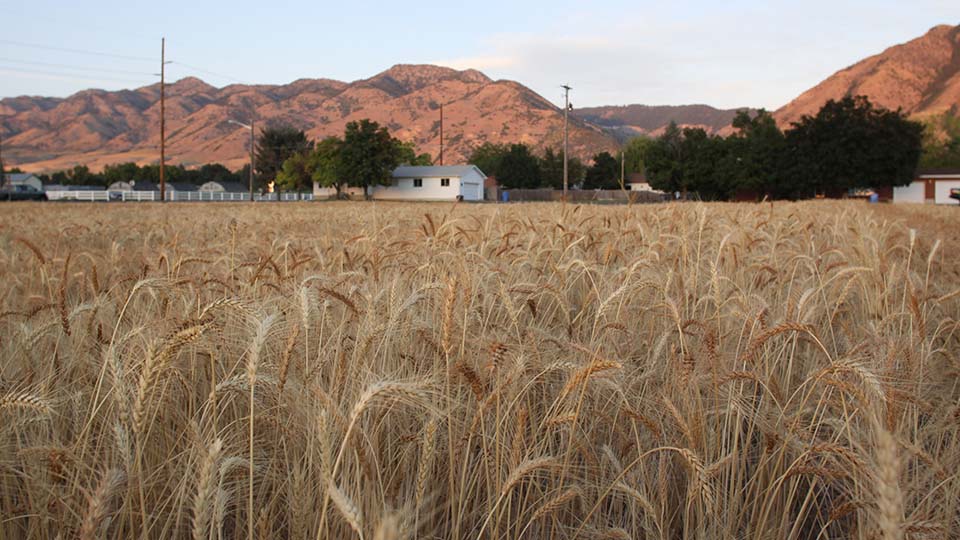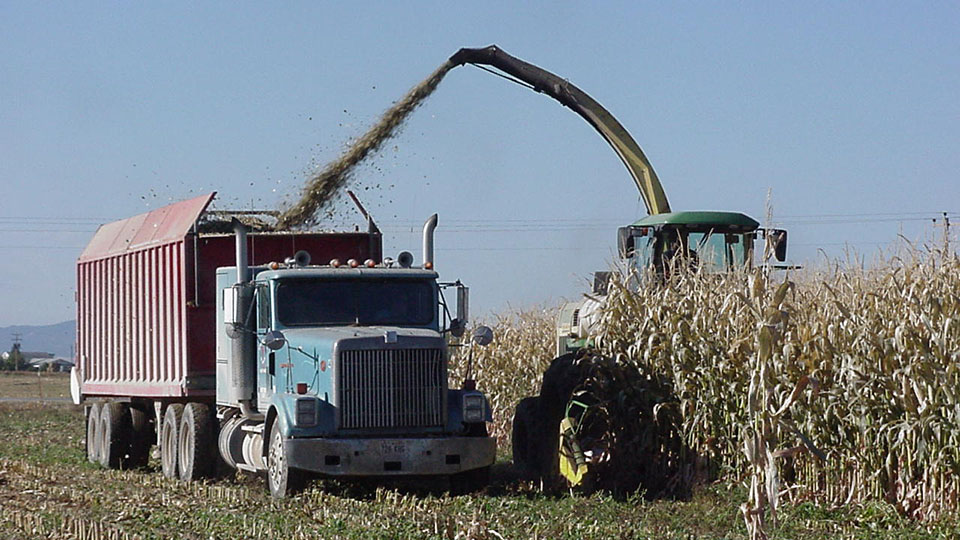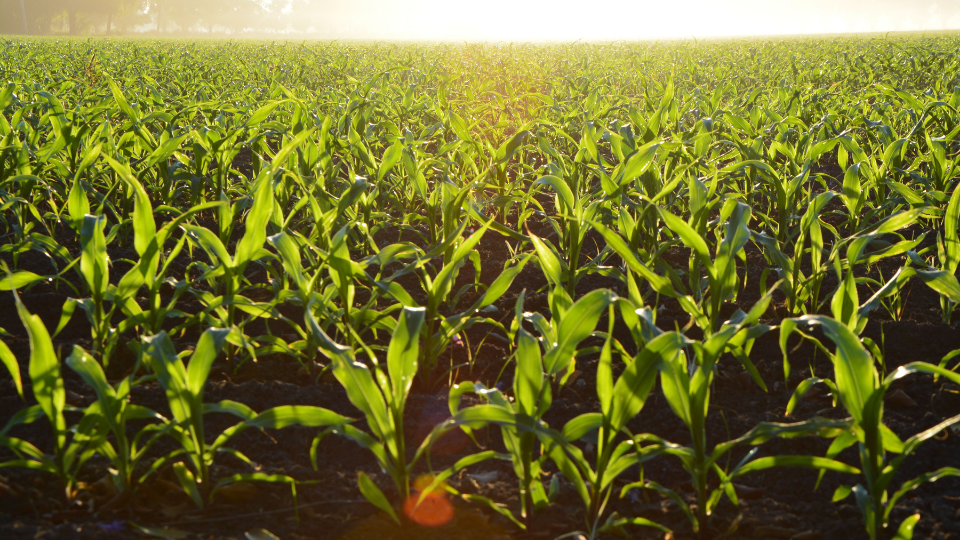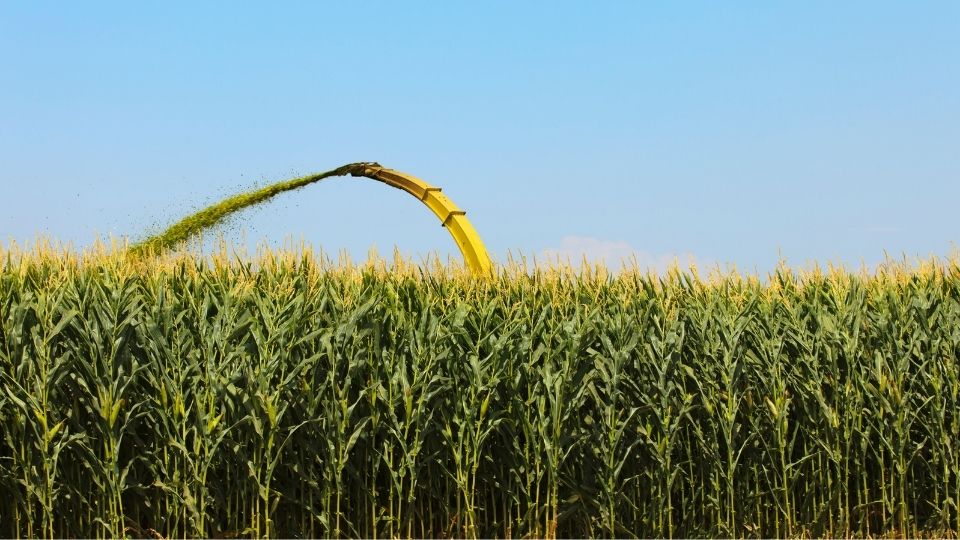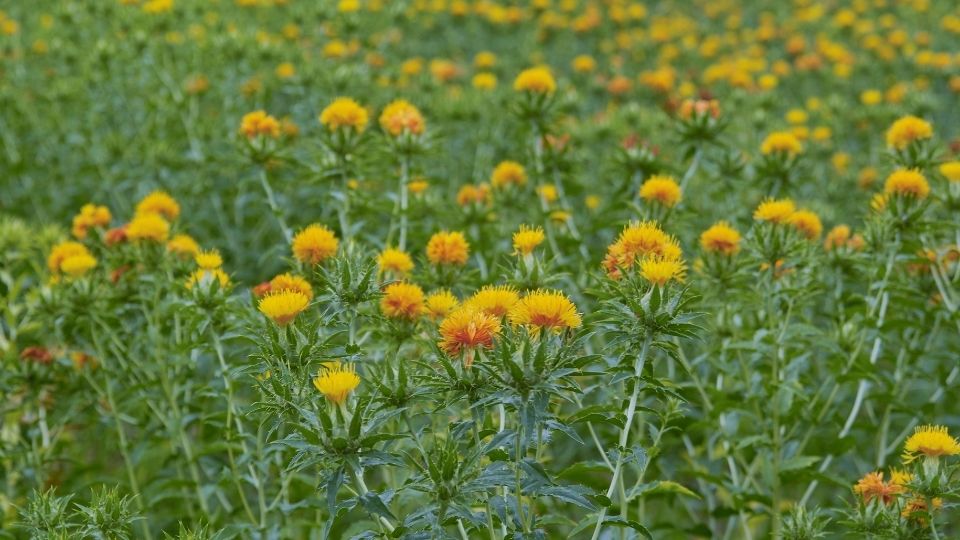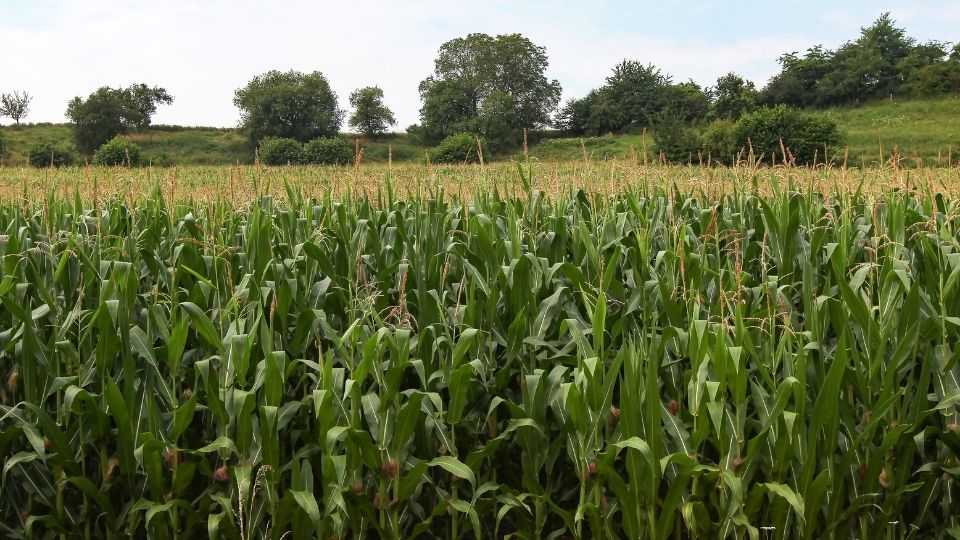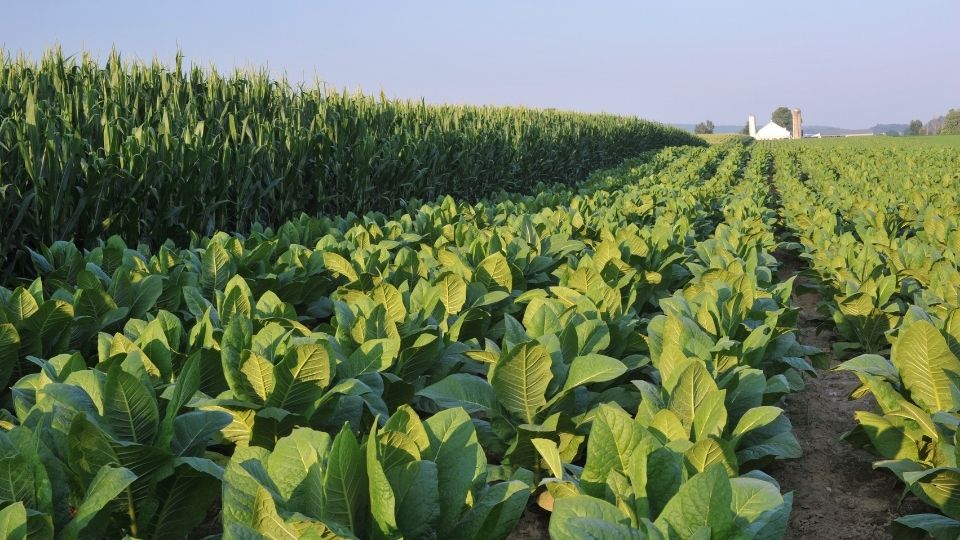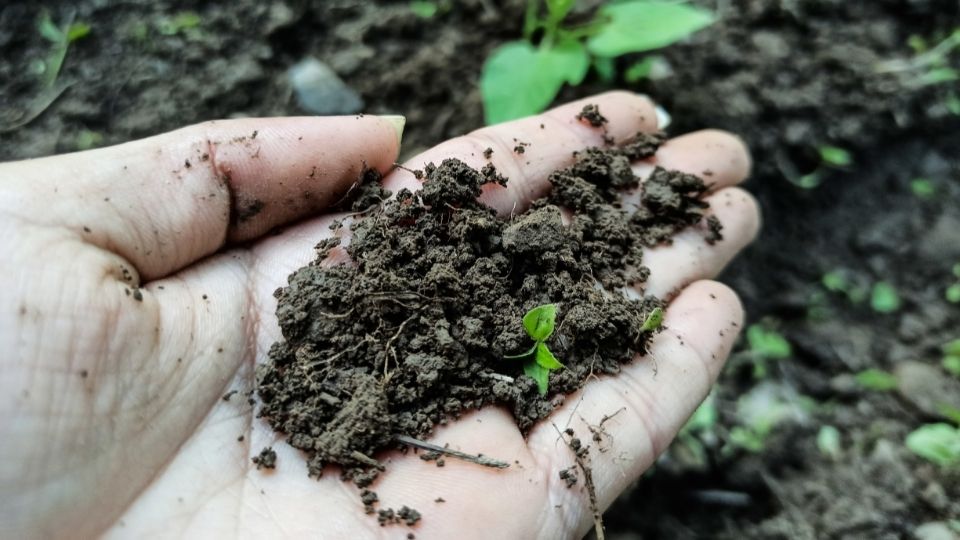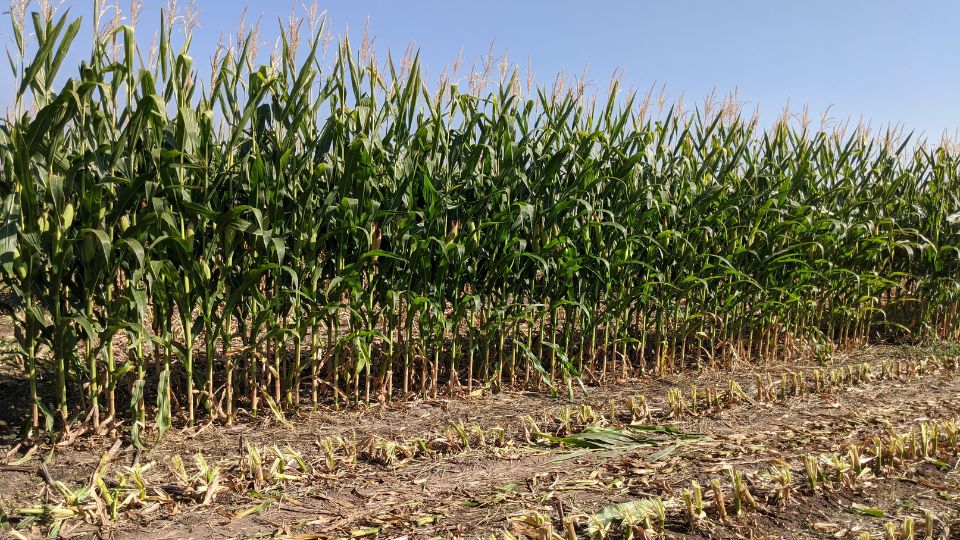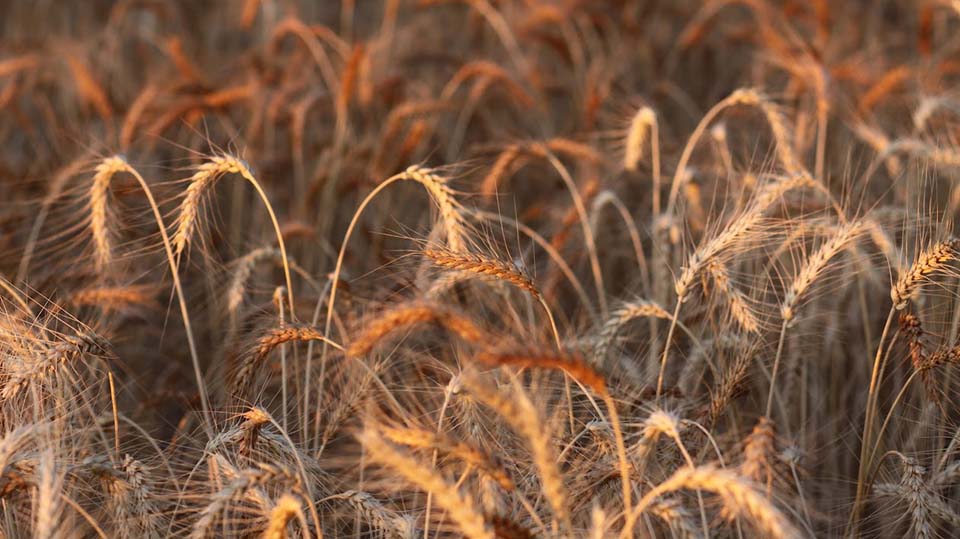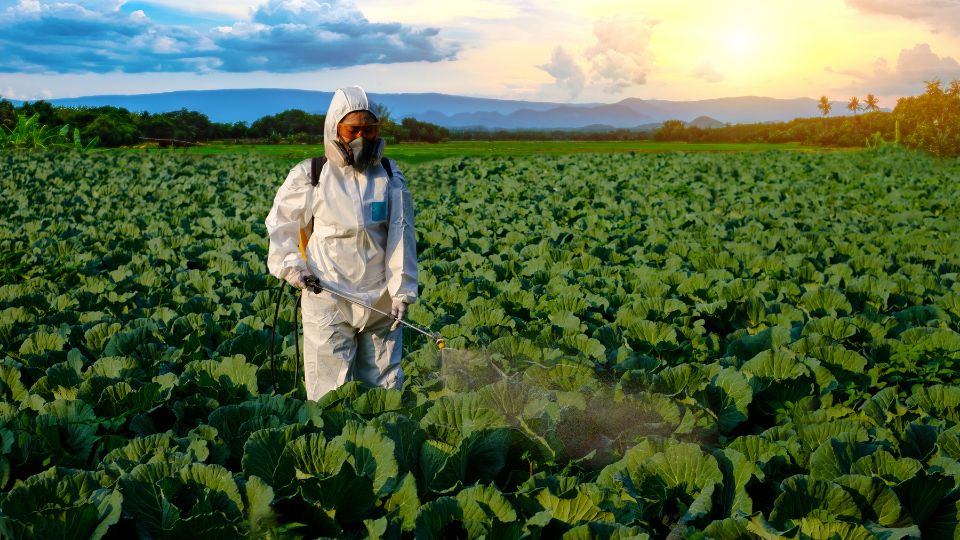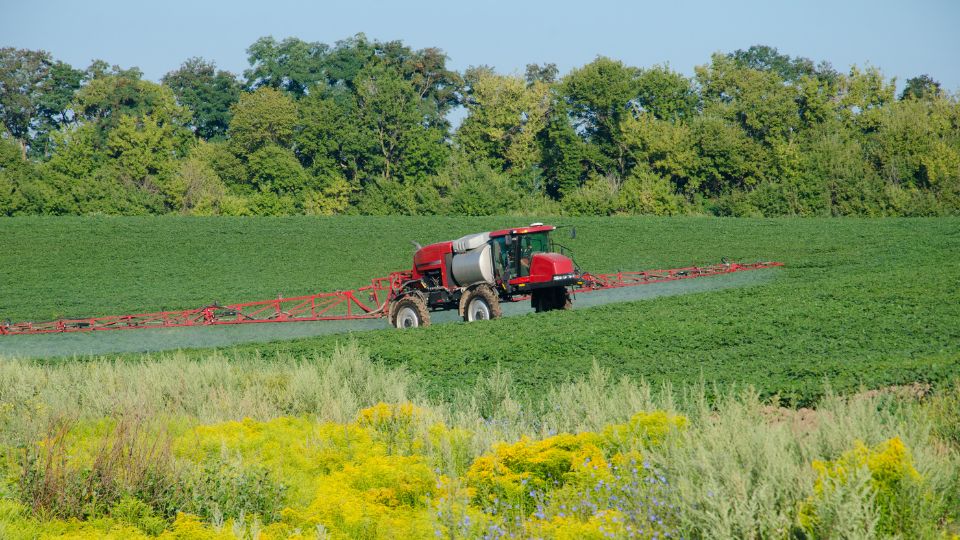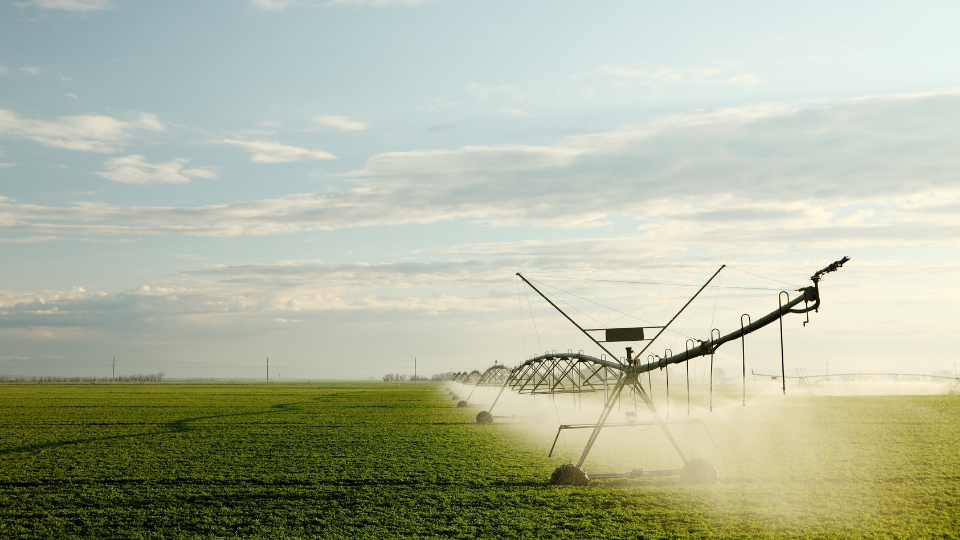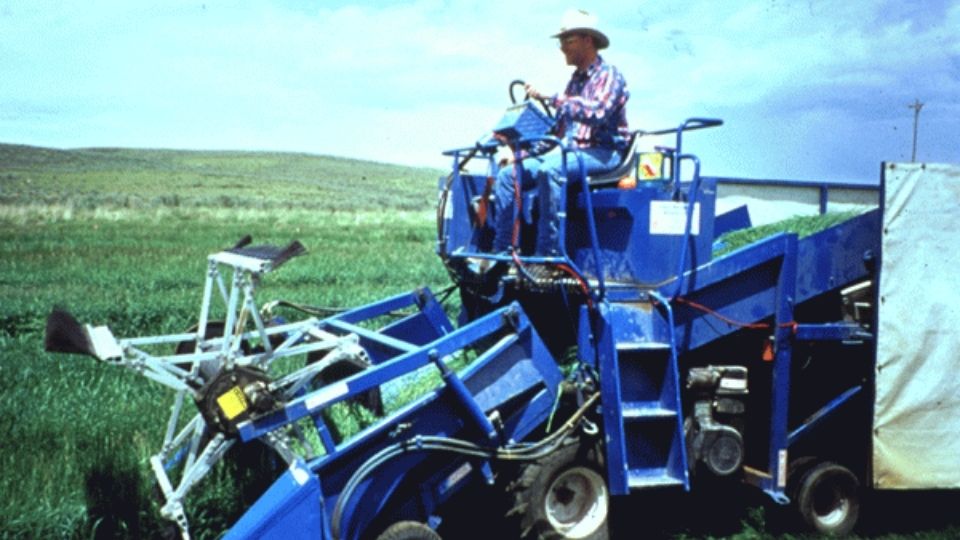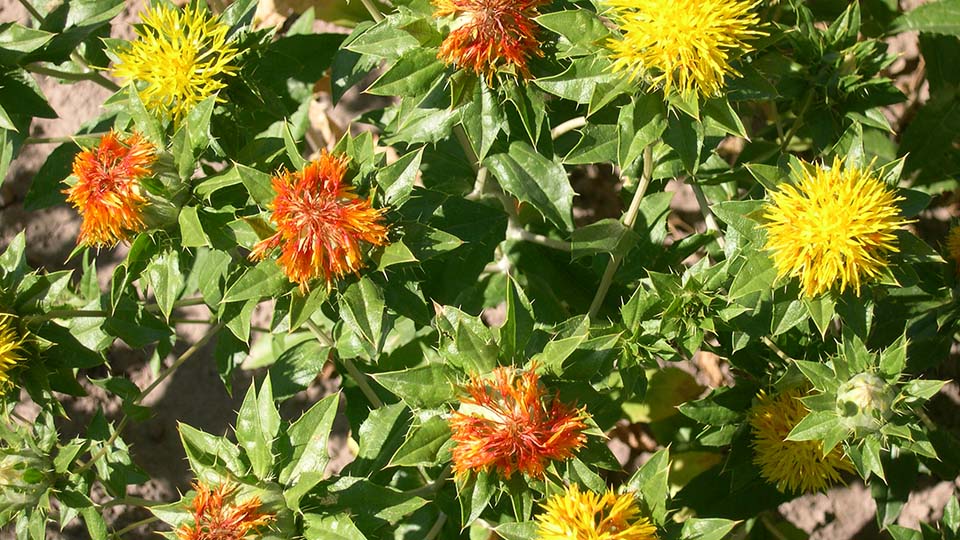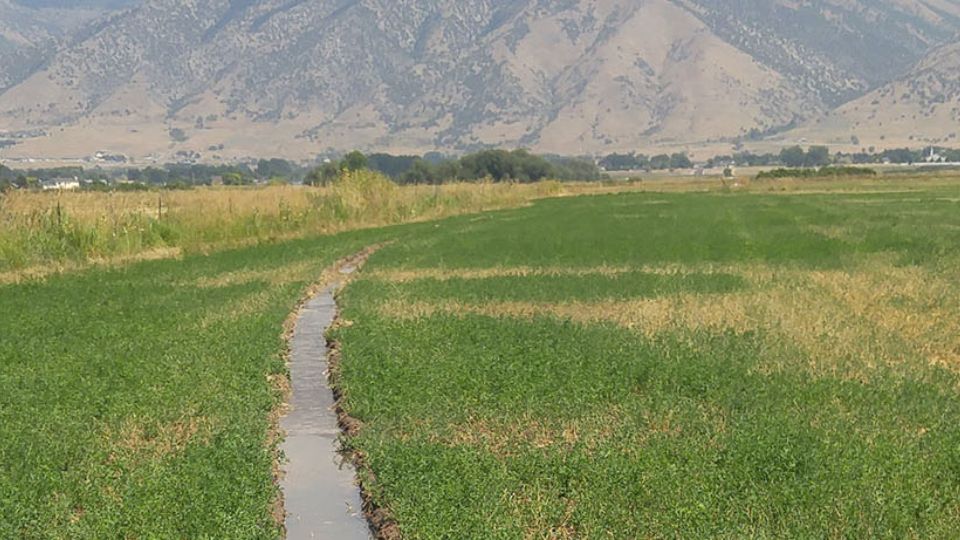4R’s of Irrigation Management

Introduction
The research community and fertilizer industry have developed and utilized a framework termed “4R nutrient management” to help improve fertilizer stewardship. For decades, national and international organizations and institutes such as The Fertilizer Institute (TFI) and International Plant Nutrition Institute (IPNI) have worked diligently to promote the research and use of fertilizer 4R’s (nutrientstewardship.com/4rs/). This framework focuses on determining and utilizing the Right source, Right rate, Right time, and Right place (4R’s) of fertilizer management to achieve desirable economic, social, and environmental outcomes. It is widely accepted in the U.S. and abroad as an important framework for improving farm profitability and nutrient stewardship. Some State and the Federal Governments have recognized its utility and provided incentives and aid for farmers seeking to implement 4R fertilizer approaches. While this framework has been applied to fertigation or interactions of irrigation and fertilizer management, it has not been widely applied to irrigation management or received as much momentum.
This fact sheet introduces this concept for irrigation management and discusses some factors to consider in each of the four irrigation 4R’s.

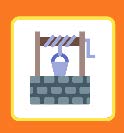 Right Source
Right Source
Irrigation source is often one of the most difficult aspects of irrigation management to change. The two main sources of irrigation water in Utah and many other states are groundwater and surface water (direct flow and/or reservoir storage). One of the first steps in Right source management would be to determine the legal extent, reliability, and duration of your water rights (Reid et al., 2008). Consideration should also be given to the date of a water right. In a drought or water shortage, junior water rights, those with a later appropriations date, may have deliveries reduced before senior water rights. Furthermore, the salinity and quality of water (Hopkins et al., 2007), and how it might be affected during drought or by other external factors or events needs to be considered.
Another step in Right source management would be to determine whether there may be the possibility of purchasing or leasing water shares to help reduce impacts of drought. If this is possible, carefully consider all aspects, including cost, and limitations of a water share or right before purchasing. Growers have reported cases where misconceptions have led to purchases of invalid or inadequate water rights. Consider consulting with your state Division of Water Rights when purchasing water to ensure that proper procedures are followed. Several states (including Utah) are also exploring options for water leasing programs where water could be transferred among rural and urban consumers. Such programs may provide additional relief during periods of extended drought, and provide greater flexibility in managing water supplies.
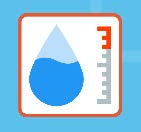 Right Rate
Right Rate
Modifying irrigation rates is usually one of the simplest and most inexpensive ways to improve water management. The first step to selecting the Right rate is water measurement and monitoring. The importance of this cannot be overstated. Inaccurate water measurements will thwart almost all other efforts to refine irrigation management. See additional resources for more information on proper water monitoring methods (Heaton et al., 2011).
Irrigation rates usually can be easily modified by changing flow rates, irrigation set lengths, nozzle size, and other methods. The premise of the Right rate is to apply a rate that does not exceed soil intake rates, does not exceed the maximum soil water depletion between irrigations, and meets ET demand (Peters, 2012; Andales, 2014). This approach will reduce or prevent runoff and unnecessary water losses. Several methods exist for determining the Right rate of irrigation to apply.
These include:
- Monitoring soil moisture by hand using the feel method, or with a variety of soil moisture sensors. For a guide on types and applications of soil moisture sensors see Maughan et al., 2015.
- Irrigation scheduler systems that utilize weather data to estimate ET, calculate water balances, and recommend irrigation rates according to maximum allowable depletion. The Washington State University Irrigation Scheduler is one of the most widely used free programs in the Intermountain West (weather.wsu.edu/is/).
- Commercial programs that utilize crop growth models, soil characteristics, and ET estimated from satellite or aerial imagery. These are mainly available for use with pivot irrigation. A few of the available programs and services, among many, include the FieldNet Advisor by Lindsay Corporation and the Variable Rate Irrigation software by Crop Metrics. Many of these programs have the ability to send prescriptions directly to pivots for autonomous irrigation.
Utilizing some or many of these approaches should help guide Right irrigation rates. Where feasible and economical, consider utilizing variable-rate irrigation technology for pivots and linears such as speed (on nearly all newer pivots or linears) or full zone control options. While most center pivots sold today have speed control capability, few growers report utilizing its capabilities to apply variable irrigation rates across fields. Key to any variable-rate irrigation strategy is developing correct and evolving prescriptions. Most variable-rate irrigations are based on irrigation zones that are developed using various combinations of soil data (soil moisture, soil type), yield maps, weather data, and farmer experience. Ensure that investments in variable-irrigation technology are feasible and economical.
 Right Time
Right Time
Right time is directly connected to the Right rate because rate is determined by both amount and frequency (time). Irrigating with the proper frequency and amount can improve irrigation efficiency by decreasing deep percolation below the root zone and runoff. If your irrigations are frequent and at low rates, consider irrigating with more water (without increasing deep percolation and runoff) and less often to promote deeper roots. Utilizing advanced irrigation scheduling methods described above such as soil moisture sensors, ET models, and/or variable irrigation programs also help refine irrigation schedules.
If feasible, turn off sprinkler irrigation systems during high wind speed events. Before turning off an irrigation system when using a load control program or during high wind events, consideration should be given to the capacity of the system to catchup during times when the system was shut down. Be aware that Right time management is sometimes constrained by the timing of water availability and irrigation delivery systems. However, opportunities to refine irrigation schedules likely still exist for most applications that deal with these type of constraints. If you have a choice, consider using water when it provides the most benefit to crops. For example, utilize early water for pasture, alfalfa, and small grains, or apply more pre- or post-season water if it is available to build soil profile moisture.
 Right Place
Right Place
Three major factors to consider for Right irrigation placement include:
- irrigation uniformity (how evenly the irrigation water is applied);
- irrigation application efficiency (how much diverted water is stored in the root zone); and
- irrigation allocation within and among fields.
Irrigation uniformity is key to effective irrigation applications. It generally increases as irrigation is applied closer to the crop canopy or soil surface, and is highly influenced by the irrigation system used. Other non-uniformity issues commonly arise when pressurized irrigation systems are not well maintained (Selker, 2004), or when land is not leveled or does not drain well in non-pressured systems.
Irrigation systems also heavily influence irrigation application efficiency, or the amount of applied water that becomes available to crops. Application efficiency increases when evaporation, wind drift, runoff, and other losses are reduced. Flood irrigation is generally on the low spectrum of application efficiency, with subsurface drip irrigation on the high end. Pivots and linear have the most options for irrigation packages. Four general package categories include mid-elevation spray application (MESA), low-elevation spray application (LESA), low-energy precision application (LEPA), and mobile drip irrigation (MDI) (Kisekka et al., 2017). The later three methods can have up to 10-30% greater application efficiency than MESA, and some of the three can approach the efficiency of subsurface drip irrigation (Amossen et al., 2011). Explore most feasible and economic options and be aware that application efficiencies of these technologies can vary based on field conditions. No one system has the best efficiency in all environments.
The general guideline for allocation of limited water supplies is to give priority to the most productive and/or water efficient areas within or among fields first. In reality, water allocation decisions can be much more complicated. Refer to calculators that have been developed to assist irrigators in making complex allocations such as the Crop Water Allocator developed at Kansas State University (Klocke et al., 2006; Aguilar, 2014) or the University of Idaho ET Planner (Neibling, 2006).
References
- Aguilar, J. 2014. Crop Water Allocator. Managing Extreme and Extended Drought on the Farm and Ranch Conference. Garden City, KS. 9 Jan. 2014. Available at: http://www.bae.ksu.edu/mobileirrigationlab/crop-water-allocator
- Amosson, S., L. Almas, J. Girase, N. Kinney, B. Guerrero, K. Vimlesh and T. Marek. 2011. economics of irrigation systems. B-6113, Texas AgriLife Extension Service, College Station, TX. October 2011. 14 pp.
- Andales, A.A., T.A. Bauder, and N.J. Doesken. 2014. The Colorado Agricultural Meteorological Network (CoAgMet) and crop ET reports. Colorado State Univ. Ext. Denver, CO. (4):10–12. Available at http://extension.colostate.edu/docs/pubs/crops/04723.pdf.
- Heaton, K., T. Wilde, C. Israelsen, and R.W. Hill. 2011. Terms and tables for water measurement and management. Utah State Univ. Ext. Logan, UT. AG/Irrigation/2011-01pr. pp 1-4.
- Hopkins, B.G., D.A. Horneck, R.G. Stevens, J.W. Ellsworth, and D.M. Sullivan. 2007. Managing irrigation water quality. A Pacific Northwest Ext. Publ. Available at https://catalog.extension.oregonstate.edu/sites/catalog/files/project/pdf/pnw597.pdf.
- Kisekka, I., T. Oker, G. Nguyen, J. Aguilar, and D. Rogers. 2017. Revisiting precision mobile drip irrigation under limited water. Irrigation Science 35:483-500.
- Klocke, N.L., L.R. Stone, G.A. Clark, T.J. Dumler, and S. Briggeman. 2006. Water allocation model for limited irrigation. Applied Engineering in Agriculture 22:381-389.
- Maughan, T., L.N. Allen, and D. Drost. 2015. Soil moisture measurement and sensors for irrigation management. Utah State University Ext. Logan, UT. AG/Irrigation/2015-01pr. Available at: https://digitalcommons.usu.edu/extension_curall/778/.
- Neibling, H. 2006. Water allocation strategies when irrigation supplies are limited. In: Proceedings of Western Alfalfa & Forage Conference. UC Cooperative Extension, Davis, CA. Available at https://www.uidaho.edu/-/media/UIdaho-Responsive/Files/Extension/Drought/waterAllocateAlfalfa.pdf?la=en&hash=3CB6DD5C9C25DD53360AA36E046106F77BB0DE5E.
- Reid, C.R., K.H. Christensen, and R.W. Hill. 2008. Water rights in Utah. Utah State Univ. Ext. Logan, UT. ENGR/Water Management/2008-01pr. pp. 1–4.
- Selker, J. 2004. Irrigation system maintenance, groundwater quality, and improved production. Oregon State Univ. Ext.
Published May 2019
Utah State University Extension
Peer-reviewed fact sheet
Authors
Matt Yost, Niel Allen, Grant Cardon, and Earl Creech
Related Research






